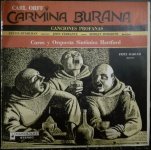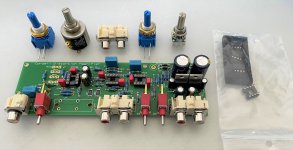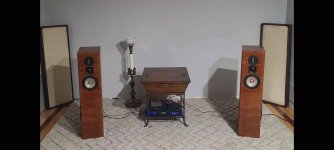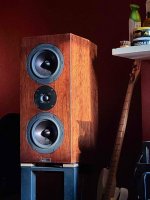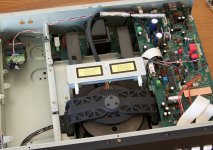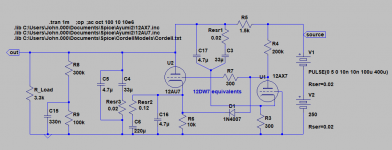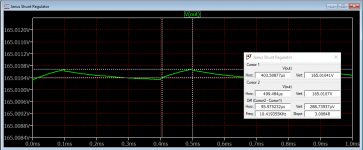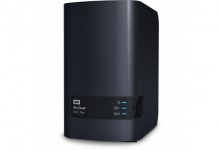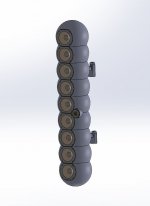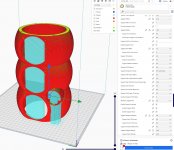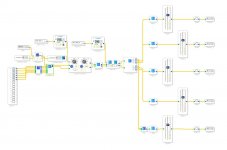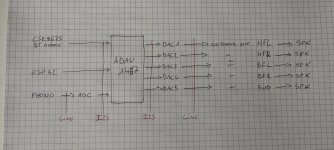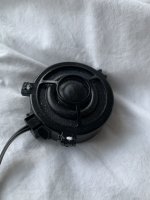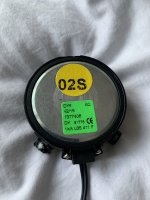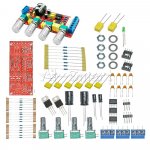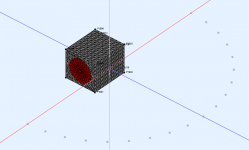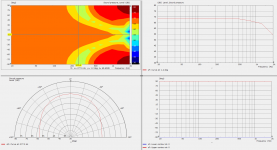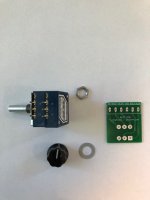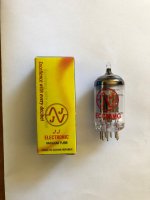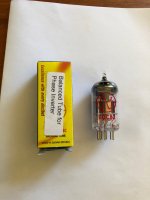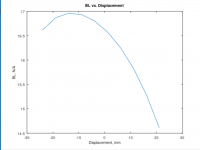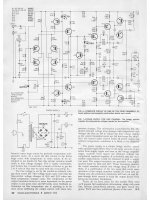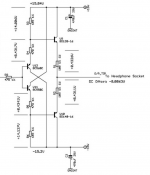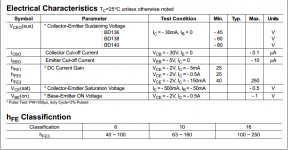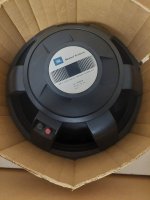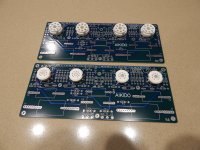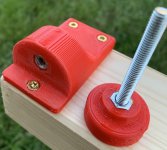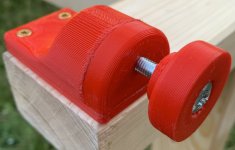Carmina Burana of Carl Orff - Director Fritz Mahler
- By academia50
- Music
- 23 Replies
A few days ago I listened to this vinyl again, considered transgressive, in fact, it is called "Carmina Burana - Profane Songs" created by composer Carl Orff. Directed by Fritz Mahler.
It's a vinyl from the sixties, I think, at most from the seventies. (the year of release is not listed on the LP released here, by a label that no longer exists, DM. (Diffusion Musical- Stereofonico, 90662, from the Vanguard repertoire)
A friend of those years made me listen to it and ipso facto I bought it.
It is in immaculate condition, has been used with MM cartridges with low tracking forces and I am very careful with vinyl. With my current sound system it sounds wonderful, but out of curiosity I thought there might be some interpretation now that I might like better and I looked it up on the web.
Tidal returned only one result, Carmina Burana directed by Leopoldo Stokowsky. Next to my LP, the choruses are muted, very far away and unintelligible, there is no dynamic range, everything sounds lifeless, boring. This LP that I have was used a lot around here to test sound systems, maybe it was something spread worldwide, I don't know, but it's ideal. The veterans here could tell me, it would be good. The impacts of the cymbals, the choirs, the dynamic range, the voices of tenor John Ferrante, soprano Sylvia Stalman, and baritone Morley Meredith, all excellent.
So, in my search, luckily I found a version on YT with a performance that I consider as excellent as the one on my vinyl. It is only a part, the "Goddess of Fortune", unfortunately .... 🙁
Great show, I would have liked to be there !
So I leave you the link, enjoy it, those who already know the work and those who don't yet.
Translations from Latin to various languages are available on the web. I consider it essential to know what it is.
Login to view embedded media
It's a vinyl from the sixties, I think, at most from the seventies. (the year of release is not listed on the LP released here, by a label that no longer exists, DM. (Diffusion Musical- Stereofonico, 90662, from the Vanguard repertoire)
A friend of those years made me listen to it and ipso facto I bought it.
It is in immaculate condition, has been used with MM cartridges with low tracking forces and I am very careful with vinyl. With my current sound system it sounds wonderful, but out of curiosity I thought there might be some interpretation now that I might like better and I looked it up on the web.
Tidal returned only one result, Carmina Burana directed by Leopoldo Stokowsky. Next to my LP, the choruses are muted, very far away and unintelligible, there is no dynamic range, everything sounds lifeless, boring. This LP that I have was used a lot around here to test sound systems, maybe it was something spread worldwide, I don't know, but it's ideal. The veterans here could tell me, it would be good. The impacts of the cymbals, the choirs, the dynamic range, the voices of tenor John Ferrante, soprano Sylvia Stalman, and baritone Morley Meredith, all excellent.
So, in my search, luckily I found a version on YT with a performance that I consider as excellent as the one on my vinyl. It is only a part, the "Goddess of Fortune", unfortunately .... 🙁
Great show, I would have liked to be there !
So I leave you the link, enjoy it, those who already know the work and those who don't yet.
Translations from Latin to various languages are available on the web. I consider it essential to know what it is.
Login to view embedded media
